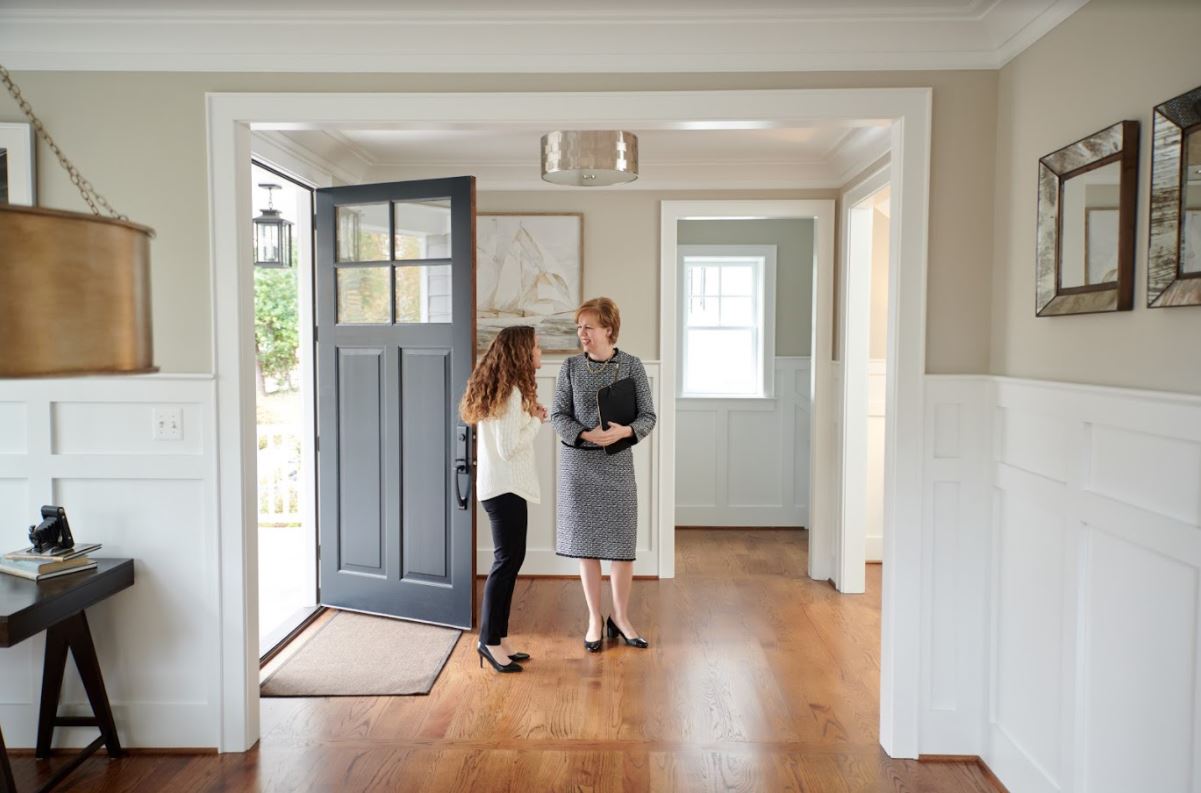As a Realtor, my expertise throughout the process involves many professionals with whom I have developed excellent working relationships. This week I want to share the following Q&A interview with home staging professional Pamela Pons-Crnkovich.
What does it mean to “stage” a house for sale?
Staging a house for sale means visually and spatially preparing a property for sale. The goal is to showcase a home’s best features. It involves redecorating, rearranging, adding or removing furniture and accessories, and other strategies to present the property in its best possible image.
Staging can include the outside of a house as well. A buyer’s first impression is walking to the front door!
What is your approach to staging?
I take a holistic, personalized approach. Each property is a unique opportunity. There are so many factors impacting staging decisions, including property location, size and the natural light available. My focus is to create a great first impression through thoughtful design and inventory selection.
What steps are involved, and how long does it take?
I start with a home consultation, walking through the property with the real estate agent and the client. We talk about what steps may be helpful. These could include painting, repairs, replacing old fixtures, depersonalizing, decluttering and, of course, cleaning. The amount of time required to make sure a property is welcoming and attractive to potential buyers depends upon the condition and size of the property.
What do you mean by “depersonalizing?”
When a family has lived in a home for years, it becomes a part of their lives. The natural emphasis is on livability for that unique family, not visual first impression to a broad pool of potential buyers.
For instance, there may be a beloved, comfortable, large chair that’s perfect for reading, but it may not make a welcoming first impression if it’s in a location where you have to walk around it to enter a room. I would recommend moving that chair to where it is most visually pleasing, prioritizing that over the way the family uses the chair. It is important for a client to understand the goal is to appeal to the broadest audience.
How long have you been staging homes, and what have you learned over that time?
My passion has always been design and organization. I’ve worked in fashion design and even taught garden design, so home staging is really an extension of my love for design. I see how design and organization is crucial to a home’s first impression, whether that first impression is in photographs or in person.
For example, an imperfectly placed towel can negatively impact a photo. I use fundamental design principles like symmetry, proportion and repetition, and also color, style and material choice to present the home in its best way to the widest audience. Each home is a unique challenge and opportunity.
What are some common misconceptions about home staging?
“Home Staging is not necessary if the market is hot.” Staging has been proven to increase the selling price in every sort of market. According to an article on realtor.com in September, in a very hot real estate market, staged homes on average still sold 88% faster and for a 20% higher price.
“Staging is only organizing, cleaning and decorating.” It’s so much more than that! A home will reflect a family’s specific taste, personality, and personal style. Again, my focus is solely on visual appeal and first impression to make the home appealing to the largest group of buyers.
“I can stage my home myself, so I don’t need a home stager.” When you’ve lived in a home, you have a uniquely personal relationship with it, which can’t help but influence how you see it. My job is to look at your home with fresh eyes, without any history or emotional attachment, and solely from the perspective of prospective buyers. That sort of detachment is extraordinarily difficult for a homeowner.
“Home Staging is only necessary for vacant homes.” Whether a home is vacant or occupied, staging has a huge impact on how it will show in pictures and in person. No matter what type of house is for sale, I am laser-focused on visual impression. Whether this means adding furniture and accessories or working with what is already there, my goal is always to create a great first impression of the home, in photographs and in-person, for the broadest audience possible.
When does it make the most sense to use a stager?
Always!
What are the top things you focus on when staging a home?
I focus on how I can make the property inviting, neutral, bright and larger-appearing. I declutter and depersonalize then add, remove or rearrange furniture and accessories. I also experiment with the color, texture and shape choices in a room. I make sure the lighting is optimal, and always finish with a touch of something fresh.
Any amusing staging stories?
One family of green thumbs had an absolute jungle of plants in the living and dining areas! There were so many that I couldn’t just move the pots to the backyard, because then the backyard would have looked too small and crowded. (Remember, home stagers focus on both exterior and interior visual impressions!)
Ultimately, I had to distribute the plants throughout the house, in every single room, using them in all sorts of ways. Some became a centerpiece or a focal point element for a room. For others, I had to change the pots to better match their new locations, such as on top of a nightstand or in a bathroom. The negative became a positive – no individual room felt overwhelmed by plants, and the atmosphere throughout the home was so bright and fresh.

Jean Beatty is a licensed real estate agent in VA, MD, and DC with McEnearney Associates Realtors® in McLean, VA. If you would like more information on selling or buying in today’s complex market, contact Jean at 301-641-4149 or visit her website JeanBeatty.com.
Don’t miss a post! Get the latest local guides and neighborhood news straight to your inbox!

 Facebook
Facebook
 X
X
 Pinterest
Pinterest
 Copy Link
Copy Link






